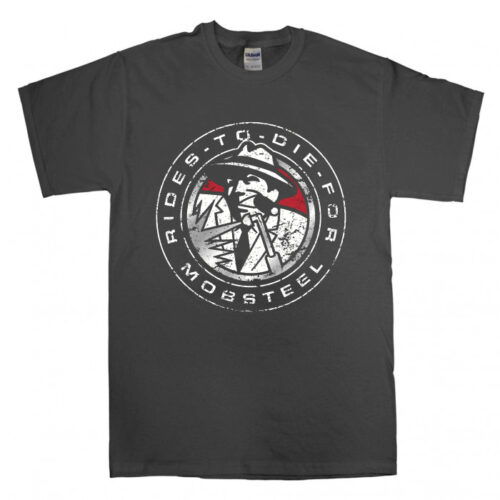9555 .jpg
9555 .jpg
20 Inch Smoothie Wheels - One of the wheels is mostly a circular ingredient that is intended to rotate in an axle bearing. The wheel is reasons components of the wheel and axle which is among the six simple machines. Wheels, in partnership with axles, allow heavy objects for being moved easily facilitating movement or transportation while supporting a large quanity, or performing labor in machines. Wheels can be put to use in other purposes, for instance a ship's wheel, wheel, potter's wheel and flywheel.Common examples are only in transport applications. One of the wheels greatly reduces friction by facilitating motion by rolling together with the use of axles. To enable wheels to rotate, a short while has got to be relevant to the wheel about its axis, either with gravity or by using another external force or torque.The English word wheel hails from the Old English word hweol, hweogol, from Proto-Germanic *hwehwlan, *hwegwlan, from Proto-Indo-European *kwekwlo-, an extended model of the fundamental *kwel- "to revolve, navigate ".Cognates within Indo-European include Icelandic hjól "wheel, tyre", Greek κύκλος kúklos, and Sanskrit chakra, warriors both meaning "circle" or "wheel ".Precursors of wheels, also known as "tournettes" or "slow wheels", were known inside Middle East because of the 5th millennium BCE (one of the initial examples was discovered at Tepe Pardis, Iran, and dated to 5200–4700 BCE). These folks were made from stone or clay and secured to the floor using a peg around the center, but required effort to turn. True (freely-spinning) potter's wheels were apparently used in Mesopotamia by 3500 BCE even as early as 4000 BCE, and then the oldest surviving example, sega's evident in Ur (modern day Iraq), dates to approximately 3100 BCE.The main proof of wheeled vehicles appears from the second half within the 4th millennium BCE, near-simultaneously in Mesopotamia (Sumerian civilization), the Northern Caucasus (Maykop culture) and Central Europe (Cucuteni-Trypillian culture), therefore question that culture originally invented the wheeled vehicle remains unsolved.The earliest well-dated depiction of an wheeled vehicle (here a wagon — four wheels, two axles) is relating to the Bronocice pot, a c. 3500 – 3350 BCE clay pot excavated in a Funnelbeaker culture settlement in southern Poland.The oldest securely dated real wheel-axle combination, that from Stare Gmajne near Ljubljana in Slovenia (Ljubljana Marshes Wooden Wheel) is right now dated in 2σ-limits to 3340–3030 BCE, the axle to 3360–3045 BCE.2 types of early Neolithic European wheel and axle are known; a circumalpine version of wagon construction (the wheel and axle rotate together, for example Ljubljana Marshes Wheel), and that also of this Baden culture in Hungary (axle just isn't going to rotate). They are dated to c. 3200–3000 BCE.In China, the wheel was certainly present while using adoption for the chariot in c. 1200 BCE,although Barbieri-Low[9] argues for earlier Chinese wheeled vehicles, c. 2000 BC.
Related Images with 9555 .jpg
Motegi Mr7 17 Inch Wheels
Pin Intro Smoothie Wheels on Pinterest
Wheels Related Keywords amp; Suggestions Mobsteel Detroit Steel Wheels

Click image for larger versionName:crashed data 227.jpgViews:1320Size
| TITLE: | 9555 .jpg |
| IMAGE URL: | http://www.jbugs.com/store/graphics/00000001/9555%20%20.jpg |
| THUMBNAIL: | https://tse1.mm.bing.net/th?id=OIP.-LZqZAoAeayGqUSb-LdlFQEsDh&pid=Api&w=240&h=181 |
| IMAGE SIZE: | 60407 B Bs |
| IMAGE WIDTH: | 400 |
| IMAGE HEIGHT: | 300 |
| DOCUMENT ID: | OIP.-LZqZAoAeayGqUSb-LdlFQEsDh |
| MEDIA ID: | 3E753383D8B5EB7C03227194AAB973E653922BA7 |
| SOURCE DOMAIN: | jbugs.com |
| SOURCE URL: | http://www.jbugs.com/product/10-1060.html |
| THUMBNAIL WIDTH: | 240 |
| THUMBNAIL HEIGHT: | 181 |
Related Images with 9555 .jpg
Motegi Mr7 17 Inch Wheels
Pin Intro Smoothie Wheels on Pinterest
Wheels Related Keywords amp; Suggestions Mobsteel Detroit Steel Wheels

.png)



0 komentar: